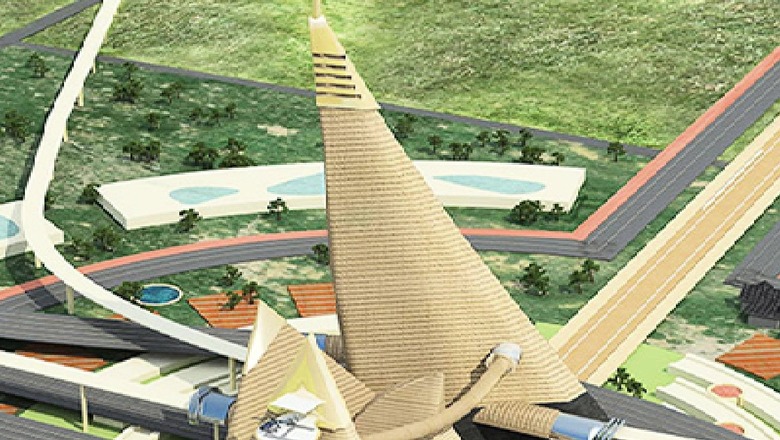
views
After the inauguration of phase one of the much-awaited Delhi-Mumbai Expressway, all eyes are on the 109 km long Ahmedabad-Dholera Expressway. India’s first high speed multimodal corridor integrating road and rail network is expected to be complete by January 2024.
Dholera, which was a sleepy town in Gujarat till not long ago, is now being developed as India’s first greenfield smart city. It has been planned in a manner that the new smart city will be connected through all modes of transport – roads, metro, port and airport.
Also Read: From India’s 1st Formula E Race to Hyd e-Mobility Week, Telangana’s EV Promotion Comes In Package
Dholera, now part of the Delhi Mumbai Industrial Corridor (DMIC), has already caught the attention of investors. A new state-of-the-art airport – 80 km away from Ahmedabad is also coming up. This will ease traffic at the already congested Ahmedabad airport.
Apart from the Ahmedabad Dholera Expressway, the over 1220 km long Amritsar- Jamnagar Expressway will be another highlight point. Once completed, it will be the country’s second longest expressway connecting four states – Punjab, Haryana, Rajasthan and Gujarat along with key economic towns as well as refineries which include Amritsar, Bhatinda, Bikaner, Sangaria, Sanchore, Samakhiyali and Jamnagar along the stretch.
“Construction work for this is going on as per plan. A stretch will be ready for use as well” a person familiar with the project told India Narrative.
S&P Global in a report published in 2016 said that India’s ambition of sustaining its relatively high growth depends on one important factor: infrastructure. “The country, however, is plagued with a weak infrastructure incapable of meeting the needs of a growing economy and growing population,” it said.
But Prime Minister Narendra Modi and his team have taken it on war war footing to upgrade and improve the country’s infrastructure.
A host of expressways crisscrossing the states across the country are coming up, changing the contours of India while boosting connectivity.
The Delhi-Mumbai Expressway – the biggest project undertaken by the National Highway Authority of India, connecting the national capital with the country’s financial capital will be vital as the country presses the pedal on economic growth rate.
Union road transport and highways minister Nitin Gadkari under whose aegis the expressway has come up, said that said “drone ports” much like heliports could also be developed on the Delhi Mumbai Expressway.
Multimodal connectivity under the mega plan PM Gati Shakti, is one of the key focus areas for the Modi government. The aim is to provide last mile connectivity, which in turn will ease movement of people as well as goods.
The multi-trillion PM Gati Shakti infrastructure programme launched has caught the attention of several global investors especially after Apple’s decision to start manufacturing iPhone 14 in India. A host of multinational companies are monitoring the progress of the Gati Shakti as the government resets its focus on reviving economic growth.
The Union Budget significantly has increased capital investment – it has gone up to Rs 10 lakh crore from Rs 7.5 lakh crore for 2023-24. This will have to a multiplier effect – boosting productivity, employment while easing inflation structurally.
Kazuya Nakajo, Executive Vice President, Japan External Trade Organisation (JETRO) earlier told India Narrative that the PM Gati Shakti will be a game changer for businesses and will attract foreign investment.
Read all the Latest Auto News here




















Comments
0 comment